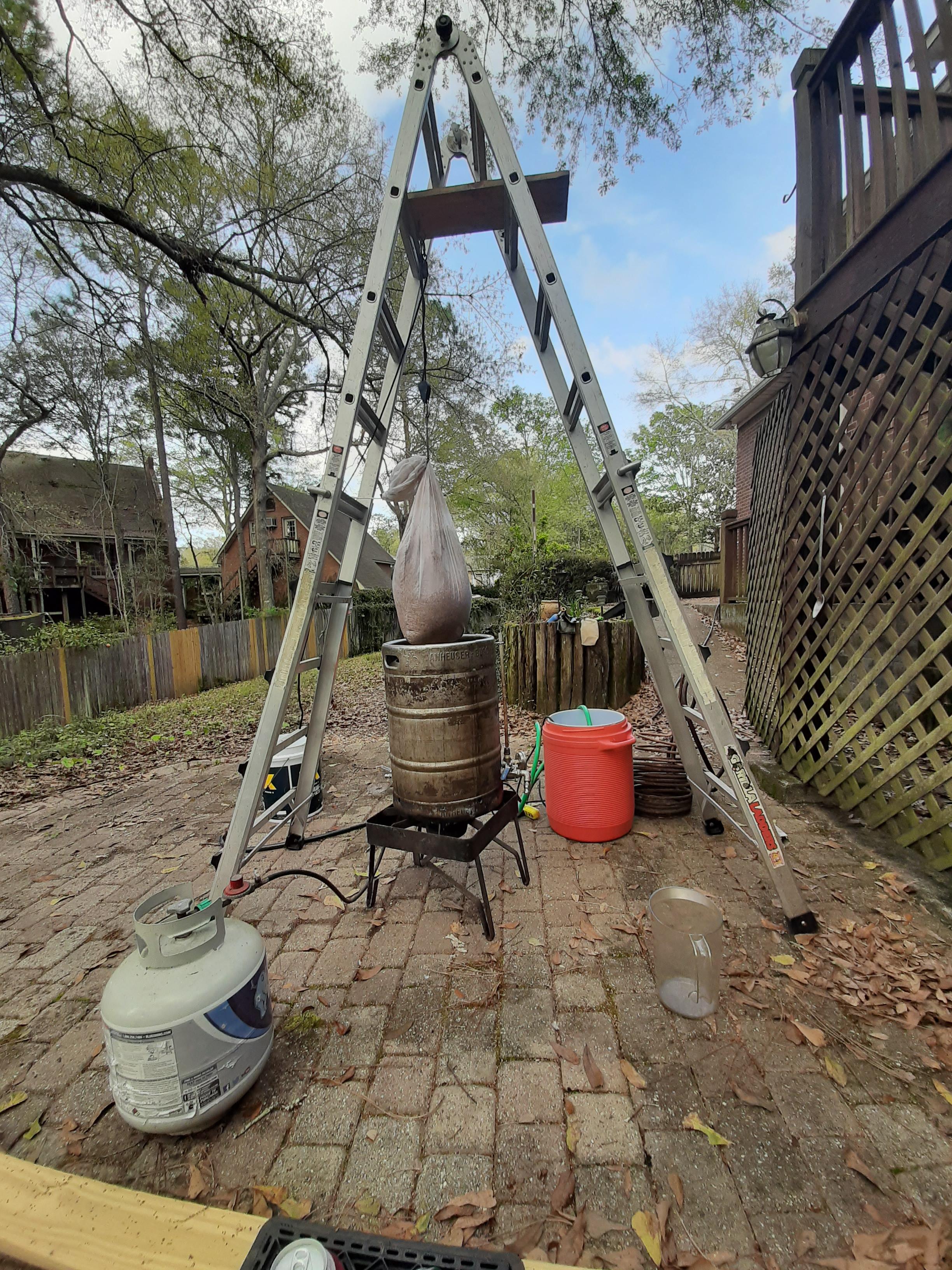Joshua Moore
Active Member
Ok so i have been all over and found 100s of answers.
Im planning on moving to all grain BIAB
What size kettle will i need for a 5 gallon batches? I have been told 10 and 15 gallon kettles.
The larger kettle, and a a secondary kettle for sparge water should be the only thing i need right? aside from the propane burner
Im planning on moving to all grain BIAB
What size kettle will i need for a 5 gallon batches? I have been told 10 and 15 gallon kettles.
The larger kettle, and a a secondary kettle for sparge water should be the only thing i need right? aside from the propane burner














![Craft A Brew - Safale BE-256 Yeast - Fermentis - Belgian Ale Dry Yeast - For Belgian & Strong Ales - Ingredients for Home Brewing - Beer Making Supplies - [3 Pack]](https://m.media-amazon.com/images/I/51bcKEwQmWL._SL500_.jpg)











































